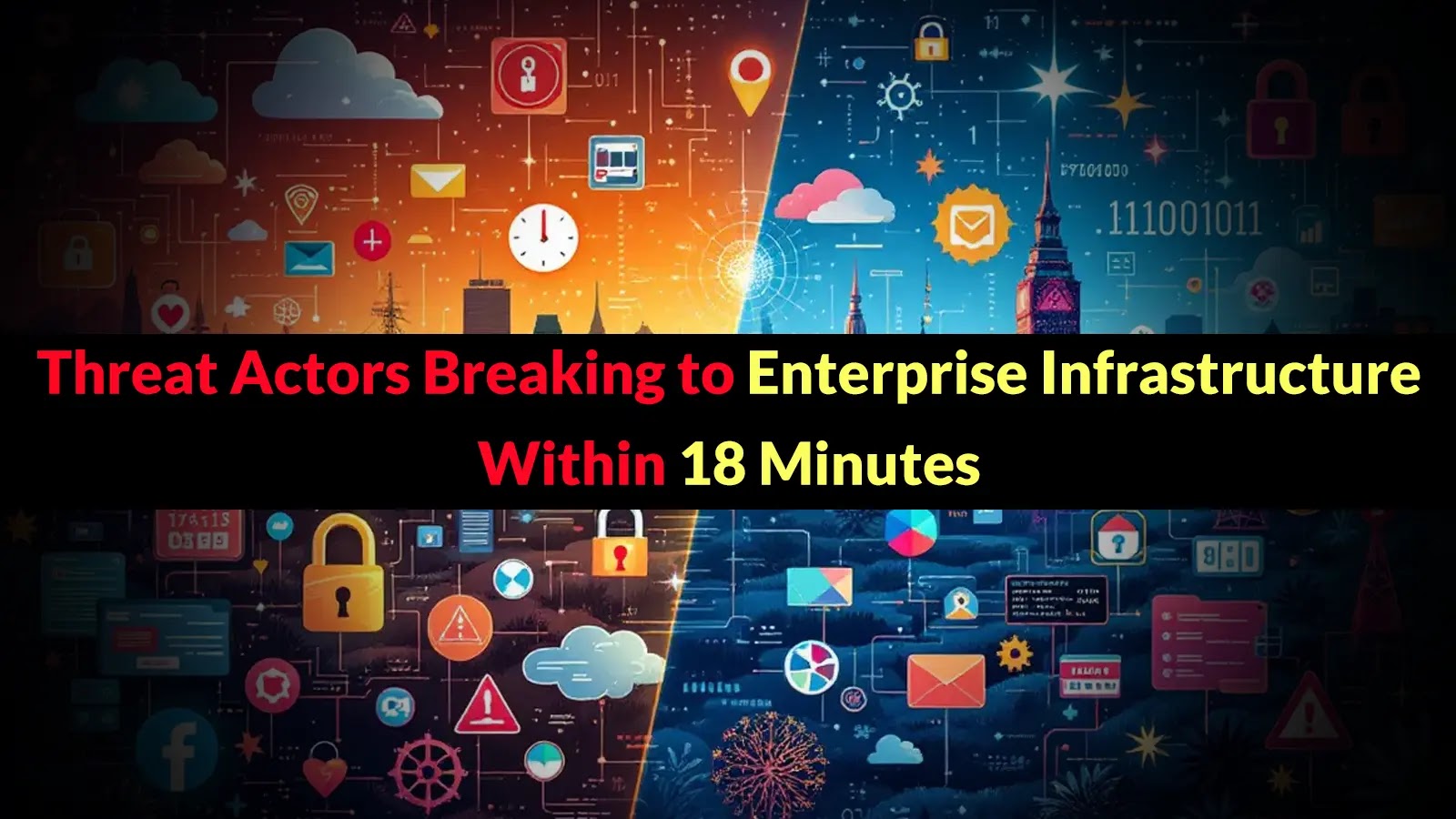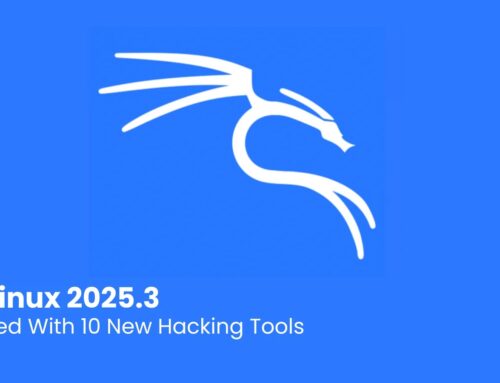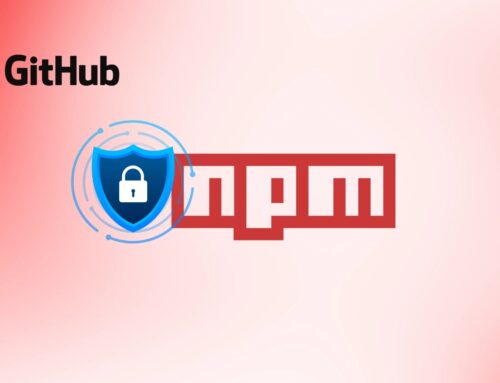
Threat Actors Breaking to Enterprise Infrastructure Within 18 Minutes From Initial Access
The Alarming Truth: Threat Actors Breaching Enterprise Infrastructure in Just 18 Minutes
Cybersecurity professionals are confronting a stark reality: the speed at which threat actors compromise enterprise networks has reached unprecedented levels. Recent intelligence reveals a staggering acceleration in adversary capabilities, with the average “breakout time”—the critical period from initial access to lateral movement—plummeting to a mere 18 minutes during the June-August 2025 reporting period. This dramatic reduction from previous timeframes underscores a fundamental shift in the threat landscape, demanding an immediate re-evaluation of defensive strategies.
Understanding “Breakout Time” and Its Significance
“Breakout time” is a crucial metric in cybersecurity, representing the interval between an attacker gaining initial unauthorized access to a system and their subsequent lateral movement within the network. Lateral movement is the process by which an attacker expands their access from a compromised system to other systems within the same network, escalating privileges, and locating valuable assets. A shrinking breakout time signifies two critical developments:
- Increased Attacker Efficiency: Adversaries are employing more sophisticated tools, automated scripts, and well-honed tactics to quickly navigate and exploit network vulnerabilities.
- Reduced Detection Window: Defenders have less time to detect and respond to initial breaches before an attacker can establish a deeper foothold, exfiltrate data, or deploy ransomware.
The reported average of 18 minutes is not just an arbitrary figure; it represents a critical window of opportunity for defenders. The fastest recorded incident during this period was a horrifying six minutes, demonstrating that some threat actors are capable of near-instantaneous lateral propagation once initial access is achieved.
Factors Contributing to Accelerated Breaches
Several converging factors are contributing to this alarming acceleration in breakout times:
- Sophisticated Initial Access Vectors: Phishing campaigns, exploiting publicly known vulnerabilities (e.g., CVE-2023-46805 for Ivanti Connect Secure, CVE-2024-21887), and supply chain attacks are becoming increasingly effective at bypassing perimeter defenses.
- Automation and Scripting: Threat actors leverage automated scripts and frameworks to scan for open ports, enumerate network resources, and execute credential harvesting much faster than manual methods.
- Exploitation of Misconfigurations: Weak default configurations, unpatched systems, and overly permissive access controls continue to offer easy pathways for attackers to move laterally.
- Credential Theft and Reuse: Once initial access is gained, tactics like Mimikatz or Pass-the-Hash allow attackers to quickly steal credentials and reuse them to access other systems.
- Focus on Active Directory: Compromising Active Directory often provides a central point from which to control numerous systems and gain domain-wide privileges, accelerating lateral movement significantly.
The Impact on Enterprise Security
An 18-minute breakout time has profound implications for enterprise security:
- Reduced Response Time: Security teams have an extremely narrow window to identify a breach and contain it before significant damage occurs. Traditional incident response playbooks may be too slow.
- Increased Damage Potential: Faster lateral movement means attackers can reach critical assets, exfiltrate sensitive data, or deploy destructive malware (like ransomware) more quickly, maximizing their impact.
- Detection Challenge: Many legacy security solutions struggle to detect rapid lateral movement, especially when attackers use legitimate tools or trusted credentials.
- Pressure on SOC Teams: Security Operations Center (SOC) analysts face immense pressure to detect and respond to threats in near real-time, often leading to analyst fatigue and burnout.
Remediation Actions: Bolstering Defenses Against Rapid Breaches
To counter this accelerated threat, organizations must adopt a proactive, layered security approach focusing on prevention, rapid detection, and automated response. Here are key remediation actions:
- Enhance Endpoint Detection and Response (EDR) and Extended Detection and Response (XDR): Deploy robust EDR/XDR solutions that monitor endpoint activity comprehensively, detect anomalous behavior, and provide automated response capabilities to isolate compromised systems quickly.
- Implement Multi-Factor Authentication (MFA) Everywhere: Enforce MFA for all user accounts, especially privileged accounts and remote access, to significantly reduce the impact of stolen credentials.
- Strengthen Identity and Access Management (IAM): Implement the principle of least privilege, regularly review access rights, and monitor for suspicious credential use or privilege escalation attempts. Use tools like Microsoft’s Active Directory Federation Services (ADFS) auditing or identity governance tools.
- Network Segmentation: Implement strong network segmentation to limit lateral movement. Micro-segmentation can isolate workloads and reduce the attack surface.
- Vulnerability Management and Patching: Maintain a rigorous vulnerability management program with timely patching of all systems, particularly internet-facing assets and critical vulnerabilities (e.g., CVE-2024-21888).
- Security Information and Event Management (SIEM) with SOAR: Leverage SIEM solutions to aggregate logs and security events, correlating data to detect suspicious patterns. Integrate with Security Orchestration, Automation, and Response (SOAR) platforms to automate incident response workflows and accelerate containment.
- Regular Security Awareness Training: Educate employees about common social engineering tactics, such as phishing, to reduce initial access opportunities.
- Proactive Threat Hunting: Implement threat hunting practices to proactively search for undetected threats within the network, looking for indicators of compromise (IOCs) and tactics, techniques, and procedures (TTPs) that EDR/XDR might miss.
- Zero Trust Architecture: Move towards a Zero Trust model, where no user or device is inherently trusted, regardless of their location inside or outside the network perimeter.
Recommended Security Tools
| Tool Name | Purpose | Link |
|---|---|---|
| CrowdStrike Falcon Insight XDR | Advanced EDR/XDR for endpoint protection, threat detection, and response. | https://www.crowdstrike.com/ |
| Microsoft Defender for Endpoint | Comprehensive enterprise endpoint security platform with EDR capabilities. | https://www.microsoft.com/en-us/security/business/microsoft-defender-for-endpoint |
| Splunk Enterprise Security | SIEM solution for security information and event management, correlation, and analysis. | https://www.splunk.com/en_us/software/splunk-enterprise-security.html |
| Palo Alto Networks Cortex XSOAR | SOAR platform for security orchestration, automation, and incident response. | https://www.paloaltonetworks.com/cortex/xsoar |
| Tenable.io / Nessus | Vulnerability management and scanning for identifying system weaknesses. | https://www.tenable.com/ |
| BloodHound | Open-source tool to map potential attack paths in Active Directory environments. | https://bloodhound.readthedocs.io/en/latest/ |
Conclusion
The observed 18-minute breakout time signifies a perilous escalation in the speed and efficacy of threat actors. This new reality demands a rapid evolution in enterprise security strategies. Organizations must not only focus on preventing initial access but equally on drastically reducing the time between detection and containment of lateral movement. Proactive threat hunting, robust EDR/XDR, stringent IAM practices, and intelligent automation are no longer optional but essential components of a resilient security posture. The race is on, and the clock is ticking for defenders to outpace their adversaries.





